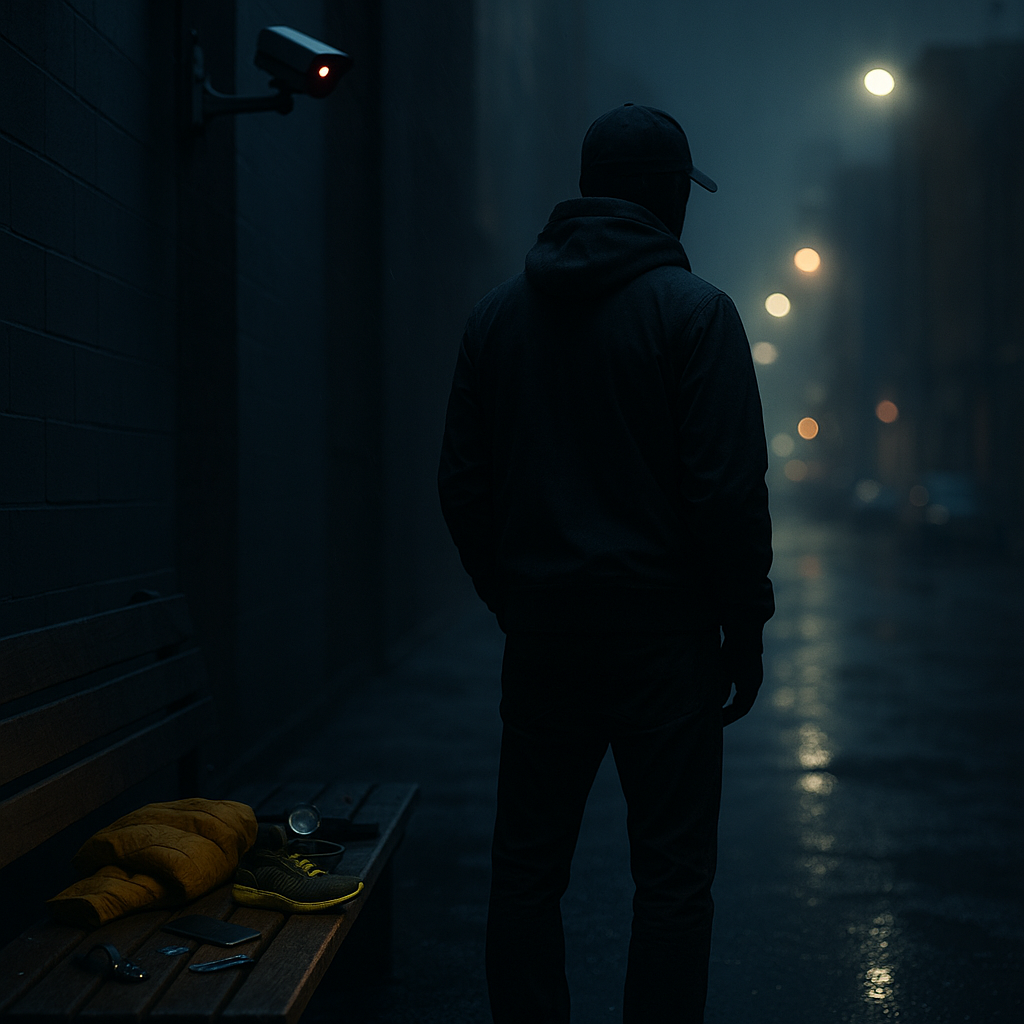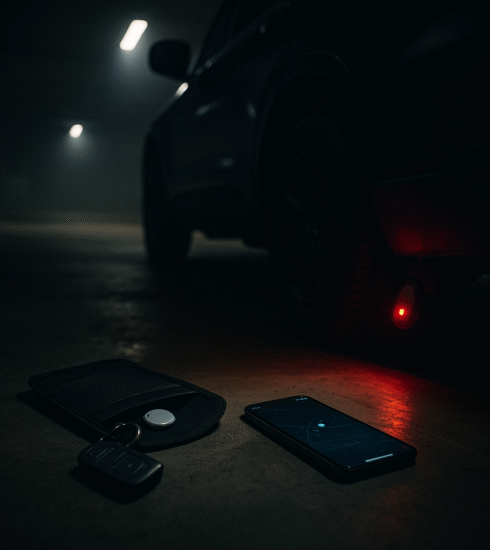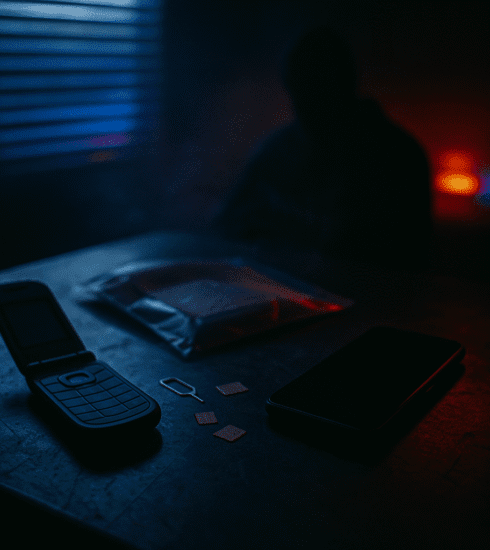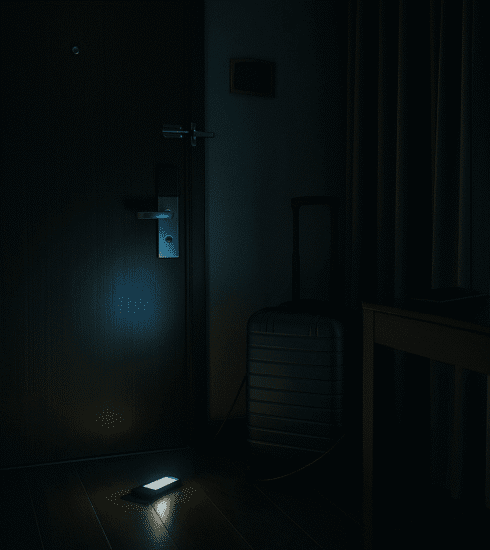Street Smarts Examples That Define Normal
Normal is a baseline. It is the predictable rhythm of a place and its people. It is the sound the city makes when nothing is wrong. My work taught me to see normal not as boring but as essential intelligence. Recognizing the standard pattern allows you to spot the anomaly instantly. This skill is not about paranoia. It is about building a conscious awareness of your environment. That awareness is the foundation of all street smarts examples that define normal.
Anomalies are not always threats. Threats are always anomalies. Your primary task is to notice the deviation from the baseline the moment it occurs.
Reading the Unwritten Traffic Patterns
Every city street has a flow. Vehicles move at a certain average speed. Drivers maintain predictable following distances. They signal their intentions with a specific rhythm. This established flow is your baseline for normal traffic behavior.
Anomalies within this flow demand attention. A car matching your speed for too many blocks creates a pattern break. A vehicle with no visible purpose circling a block violates the established rhythm. These deviations do not mean you are under surveillance. They mean the baseline has shifted and requires your conscious verification.
Your response should be simple and lawful. Make a series of unnecessary turns into residential streets. Do not speed or attempt to lose them. The goal is to observe if the pattern of pursuit continues. If it does, you drive to a safe, well lit, and populated location like a fire station or a busy supermarket parking lot.
The Baseline of Human Movement and Positioning
People on foot establish their own patterns. They walk with purpose toward destinations or amble without a clear goal. They maintain a common distance from others in public spaces. Their posture and pace communicate their intent and awareness level. This collective behavior forms a social baseline.
Someone static for too long becomes an anomaly. A person leaning against a wall checking their phone is often normal. That same person, still there an hour later without a clear reason, has deviated from the baseline. A group loitering near an ATM may be just talking. Their positioning and focus on the users of the machine would be the critical anomaly to note.
Your strategy is avoidance and verification. You cross the street well before reaching the static individual. You choose a different ATM without hesitation. You observe their reaction to your movement from a safe distance. You are not confronting them. You are gathering more data points to verify if the anomaly is a potential threat or simply a benign irregularity.
Your eyes are your best tool. Develop the habit of soft focus, taking in the entire scene. Let the anomalies push their way into your conscious attention. They will if you know the baseline.
Auditory Awareness and the Sound of Silence
A city has a constant soundtrack. The hum of traffic, distant sirens, and the murmur of crowds form an audio baseline. In residential areas, this shifts to the sounds of children, lawnmowers, and domestic life. Your ears are constantly monitoring this soundscape for breaks in the pattern.
A sudden silence can be the most profound anomaly. The birds in a park stopping their songs simultaneously indicate a disturbance you cannot yet see. The abrupt cessation of office noise in a building hallway is a clear deviation. These auditory cues often arrive seconds before visual confirmation of a problem.
Do not ignore these sensory warnings. Pause your movement and listen actively. Identify the direction and possible cause of the change. Use this information to choose your next move, which is usually to move away from the source of the disruption. Your hearing provides early warning that your eyes cannot match.
Architectural Features and Natural Funnels
Your environment is not a blank slate. It is designed with specific purposes, some of which create natural vulnerabilities. Long narrow corridors, stairwells, and isolated parking garage levels are architectural funnels. These spaces limit your options for movement and escape.
Awareness means identifying these features before you enter them. You scan the entire length of the corridor before you commit to walking down it. You note the exit stairwell doors and their directions. You park your vehicle in a well lit area close to the pedestrian exit, not in the deepest, most isolated corner of the garage.
Your route planning should actively avoid these funnels when possible. When it is not possible, you move through them with heightened awareness. You keep your hands free and your head on a swivel. You have a plan for what you will do if confronted in that space, which is almost always to create distance and find a populated area.
The Digital Footprint and Its Physical Consequences
The digital and physical worlds are now permanently linked. Your online activity can directly influence your physical security posture. Announcing your vacation on social media creates a predictable absence from your home. This deviates from the normal pattern of occupancy that your residence maintains.
Checking into a location-based service in real time broadcasts your exact coordinates to a wide audience. This removes any element of unpredictability from your movement. It provides a malicious actor with a verified pattern of your location they can exploit. Your digital actions have tangible physical repercussions.
The solution is operational discretion. You delay posting about trips until after you have returned home. You disable location services for social media applications. You maintain a low digital profile regarding your daily routines and frequented locations. You control the information available to others, keeping your normal pattern private.
Verifying Identity in an Anonymous World
Trust requires verification. This is a core principle. Someone approaching you with a uniform or a badge presents a powerful image of authority. However, authentic professionals expect and respect verification. They will have proper identification and will not be offended by a polite request to see it.
A true anomaly is someone who becomes agitated when you ask for credentials. A legitimate utility worker will have a company ID, a marked vehicle, and can usually be verified with a phone call to their dispatch. Someone insisting on immediate access without these checks has deviated from the established protocol for such interactions.
Your action is to politely decline access until verification is complete. You do this from behind a locked door if possible. You call the company or agency they claim to represent using a number from your own records, not one they provide. This simple, lawful act of verification separates the professional from the predator.
Maintaining Your Personal Baseline
Your own behavior is part of the pattern. Operating while overly tired, stressed, or distracted makes you an anomaly. You become unpredictable and less observant. You miss the subtle deviations in your environment that would normally catch your attention. You are not operating at your baseline level of awareness.
This makes you an easier target. Predators are adept at spotting people who are not fully present. They look for the person staring at their phone, struggling with bags, or appearing lost. By managing your own state, you present a harder target. You project a demeanor of calm, capable awareness.
This is a matter of discipline. You get adequate rest before engaging in travel or moving through unknown areas. You put your phone away when navigating public spaces. You take a moment to orient yourself before exiting a building. You ensure your own pattern is one of controlled, predictable alertness.
Start small. Tomorrow, pick one environment you know well, like your local grocery store. consciously observe its baseline patterns for ten minutes. Note the flow of people, the normal sounds, the standard behavior. This simple exercise builds the muscle of awareness without generating fear. It is the first step toward seeing the world with more clarity.





